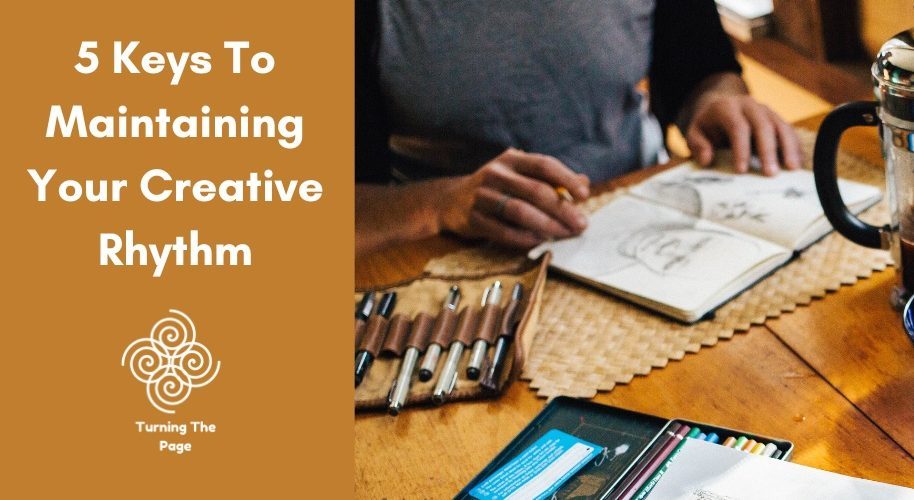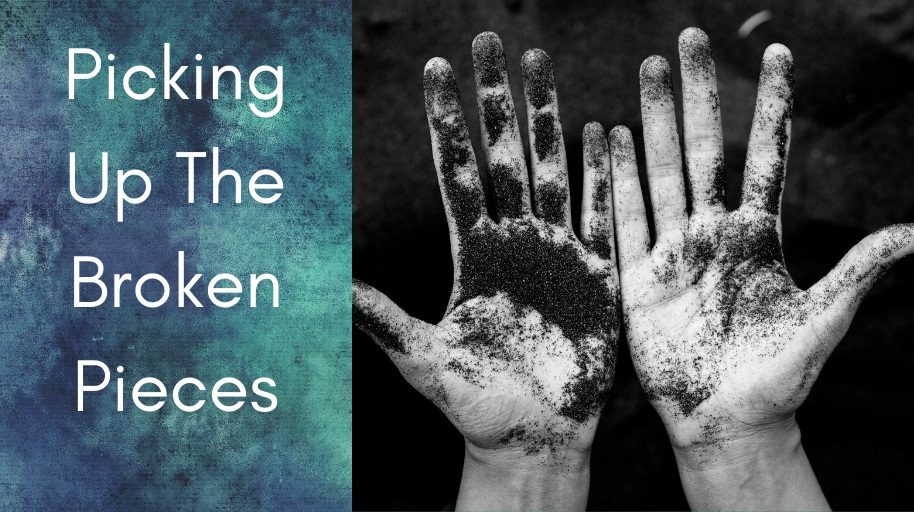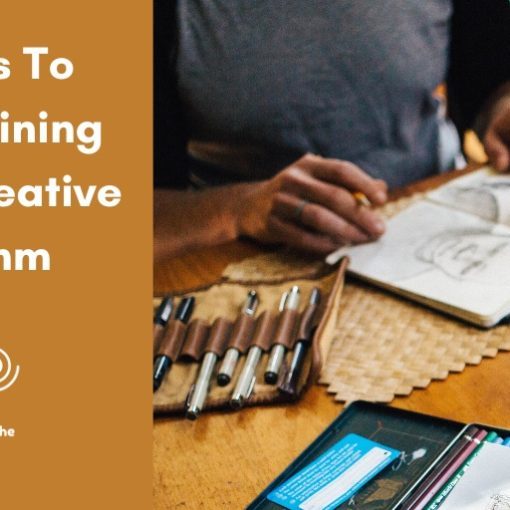When the demands of life seem to take over and drown out our creative pursuits, we need to return and find our Creative Rhythm
Guest Post from Marc Shaw
After several years as an English teacher at an inner city school, my creative life had become dry as dust.
I had published poems and recorded albums, but all I seemed to have time and energy enough to do now was plan, teach, grade, eat, sleep, rinse, and repeat. I was caught in an unhealthy rhythm without integrating any life giving creative activities.
For many of us, the demands of life can seem to take over and drown out our creative pursuits. The substance of what makes life worthwhile becomes out of reach.
After one complaint session, a close friend asked if I was still putting the principles of Julia Cameron’s The Artist’s Way to use. I had read the book during graduate studies and found it life-giving, but it was now gathering dust on the shelf after real life had taken over. I resolved to dive back in.
One famous quote from the book is this:
“Creativity is God’s gift to us. Using it is our gift to God.” Julia Cameron
Reading the book helped me realize once again that staying rooted in creativity was my own responsibility, as a steward of my gifts, co-creating with God, whose work is that of ongoing transformation.
5 Keys To Maintaining Your Creative Rhythm
I made some changes and with some fits and starts developed the following healthy creative rhythms:
- Maintain a spiritual practice. This one may seem far afield, but one of the exercises in the book helped me see how I was neglecting this aspect of life and how this was diminishing my creativity. Setting the clock for 20 minutes earlier each day, reading and re-reading three or four of the Psalms became a daily rhythm.I soon found I was less anxious about trivial things and had more decisiveness and energy for creative pursuits.Maybe your spiritual tradition has a different text. Maybe your practice is different.Whatever helps you stay connected to the transcendent and put life in perspective, integrate it.
2. Make time The decisiveness brought about by integrating a regular spiritual practice helped me make time for what was important. Without this decisiveness, other forces and relationships determine our priorities.Making time for creativity and scheduling it in advance helped me reclaim part of my identity, set the mind to work, and gave me something to look forward to.
3. Get out of your headIn daily life our true identity gets clouded over with self-recrimination, judgmental thoughts, the desire for approval, and other preoccupations. Cameron’s tonic for this is the daily pages, a commitment to journaling three pages long-hand first thing in the morning to get those voices out of the head and onto the page.Committing to some form of journaling practice will help you loosen the thoughts and exercise your creative brain.
4. Fill the wellArtist’s need material to work with. They need inspiration and novelty. Cameron’s recommendation is to make one “artist’s date” each week during which we do something that sounds fun by. A book store. A museum. A five and dime. A hike through the forest. An outdoor bazaar. A film festival. Reading in a library. Take it in. Bring back tokens and artifacts that remind you of the experience.If you can’t manage weekly, make a list of places and events you’d like to attend, put a date and time next to each one that you can feasibly manage, and make this schedule a priority.
5. ConnectAs human beings, we need community, to spur on new ideas, for expression, and for encouragement. We often think of the artist as a solitary soul, and certainly solitude is needed for creative pursuits, but creative types also need a healthy rhythm between solitude and community. The Artist’s Way lends itself to small groups, or even checking in with a partner over the phone and sharing progress on the weekly exercises. Other ways to connect are meetup groups, workshops, classes, even a book club.
By integrating the above steps as best I could, within a year I wound up publishing several more poems, working on a recording project, and working through The Artist’s Way with a number of students after school, but the best part was simply staying immersed in the creative process again.
Regularly integrating all five pieces can seem overwhelming on a hectic schedule, and the point isn’t following the rules perfectly, but staying committed to integrating a creative layer into your life.
For most of us, this means establishing creative rhythms. You’ll discover as you go the things that help keep your creative juices flowing the most. But first you have to step forward. As you continue along, stay open to inspiration, so you, in turn, can help inspire others.
Marc Shaw
Marc is a Spiritual Director in San Diego, California. You can follow Marc on Twitter and Facebook.
Photo by Rachael Gorjestani on Unsplash
There are No ‘Ordinary People’. Creativity Must Have Its Outlet.






4 thoughts on “5 Keys To Maintaining Your Creative Rhythm”
Great ideas! Thanks so much for giving me food for thought.
@chaplaineliza
Thanks Elizabeth.
Excellent suggestions to make implementing some degree and rhythm of creativity into our daily lives a feasible thing to do. Thank you!
Thanks Joy, Marc has written a wonderful piece of creative work here